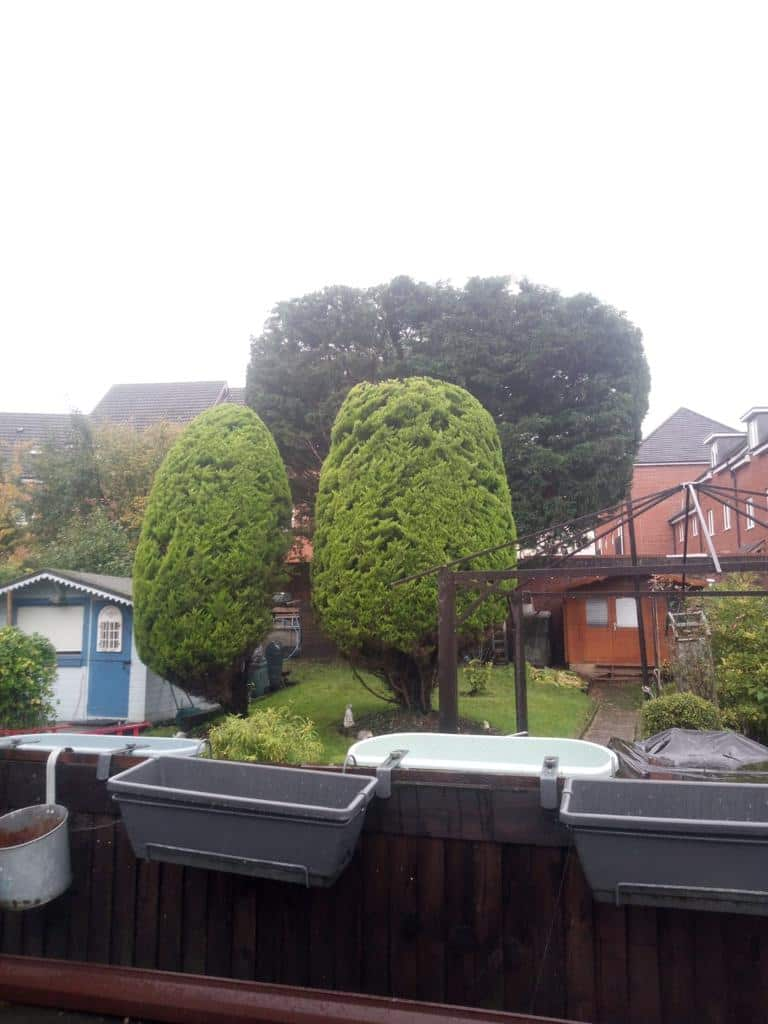Pruning is one of the most common tasks in tree care, but it’s also one of the most misunderstood. Making the wrong cuts can damage a tree, leaving it vulnerable to decay, disease, and structural weakness. At NS Tree Surgery Dorking, we know that the way a tree is pruned matters just as much as when it is pruned. Correct cuts are essential for keeping your trees strong, healthy, and safe for years to come.
Why Proper Pruning Matters
Every time a branch is cut, the tree must seal the wound. When cuts are made incorrectly, they can leave the tree open to infection, pests, or rot. Proper cuts encourage natural healing, helping the tree close over the wound quickly and reducing the chance of decay.
Correct pruning also ensures that the tree maintains its structural integrity. This prevents weak points from forming and helps avoid future problems such as splitting limbs or unbalanced growth.
Common Problems Caused by Poor Cuts
Improper pruning can have long-term effects. Some of the most common issues include:
- Stub cuts – Leaving too much of the branch behind slows the tree’s ability to seal the wound, increasing the risk of decay.
- Flush cuts – Cutting too close to the trunk removes the branch collar, the tree’s natural defence against disease.
- Topping – Removing the top of a tree causes rapid, weak regrowth and can create future hazards.
- Tearing the bark – If branches aren’t cut correctly, bark can tear down the trunk, leaving a larger wound that is harder to heal.
Each of these mistakes can compromise the tree’s health and lead to costly problems later on.
The Correct Way to Make Pruning Cuts
Professional tree surgeons use precise techniques to protect the tree while achieving the desired result. This usually involves:
- Identifying the branch collar – the slightly swollen area where the branch meets the trunk.
- Making a clean cut just outside the branch collar – allowing the tree to form a protective callus over the wound.
- Using the three-cut method for larger limbs – to prevent tearing bark and causing unnecessary damage.
These techniques encourage natural wound closure and minimise the risk of decay.
Supporting Long-Term Tree Health
Regular pruning carried out correctly not only improves a tree’s appearance but also reduces the risk of disease, promotes strong growth, and increases safety on your property. By investing in professional tree surgery, you’re protecting your landscape and ensuring that your trees remain healthy assets for years to come.
Conclusion
Correct cuts are the foundation of good tree care. Poor pruning can lead to decay, weakened structure, and future hazards, while professional cuts help trees heal naturally and stay strong. For expert pruning and tree care, trust NS Tree Surgery Dorking to keep your trees in excellent condition and your property safe.
Call us on: 01306 776 298
Click here to find out more about NS Tree Surgery Dorking
Click here to complete our contact form and see how we can help with your tree needs.

